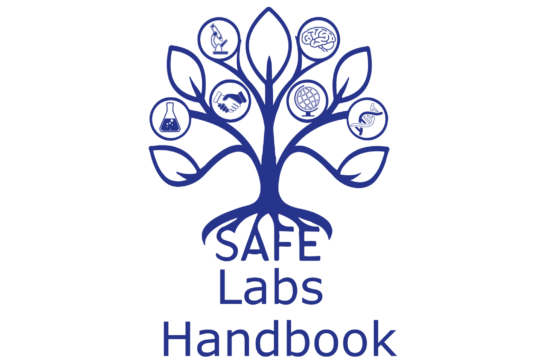Experimental tools
We combine in vivo recording approaches with single cell transcriptomic tools to investigate the functions of cortical subtypes.
Ex-vivo transcriptomics with coppaFISH
We are using state-of-the-art transcriptomic tools to gain insights into the molecular identity of neurons. Our in situ transcriptomic method, called coppaFISH, is a custom-made and fully open-source method which allows to identify fine neuronal subtypes using in situ single cell gene expression.
Initially used with a set of 72 genes designed for inhibitory subtypes, we now use coppaFISH with an extended panel of 124 genes to explore both excitatory and inhibitory subtypes.
In vivo 2-photon calcium imaging and optogenetics
We use calcium imaging tools to study neuronal function in the mouse cerebral cortex. We typically record thousands of neurons simultaneously, during spontaneous behaviour or sensory stimulation. We use video recording to quantify several behavioural parameters which give us an estimate of alertness and behavioural state.
We couple these recordings with single cell optogenetic stimulation to interrogate the neuronal circuits involved in sensory coding.
Aligning in vivo and ex vivo modalities
A key step in our experimental pipeline is to align cells recorded in vivo to the same cells characterized ex vivo with coppaFISH. For this we are using a point-cloud registration algorithm based on fast Fourier cross-correlation on reconstructed images. Thanks to this method, we first find the best rigid transformation that aligns the two imaging modalities. This is then followed by non-linear transformations to finalize the matching.

Lab life
Living and working in Marseille – Luminy campus
Our lab is very fortunate to be part of Inmed, which is in the Luminy campus, in the middle of the Parc National des Calanques. The institute provides a supportive, welcoming and collaborative environment to work and flourish in research. On top of that, the close surroundings of the lab provides opportunities for many outdoor activities!
SAFE labs initiative
Stephane is a co-founder of SAFE Labs, an initiative that aims to create more aware, fair, and equitable labs.
The lab is actively working to implement all the commitments outlined in the handbook. You can find more information here: SAFE Labs Handbook


